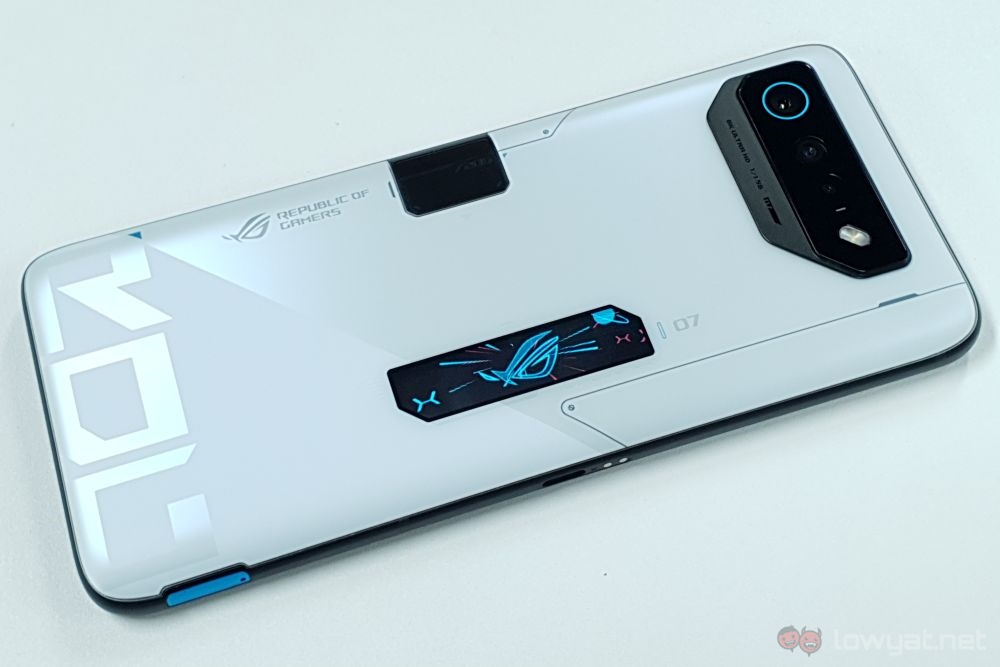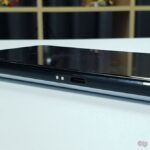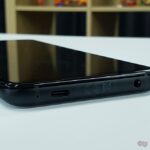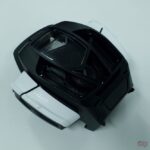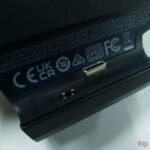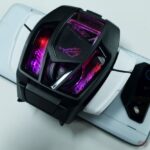It’s sometimes pretty funny – and scary to some extent – the way an industry can change over the course of a single year. Just last year, while reviewing the ASUS ROG Phone 6 Pro, the gaming phone industry still had more than just two players. Fast forward to today, and with the release of the ROG Phone 7, the brand is one of only two major names in the market.
So, as one of the survivors in the scene, what can you expect from the ASUS ROG Phone 7 Ultimate? Let’s find out.
Specifications
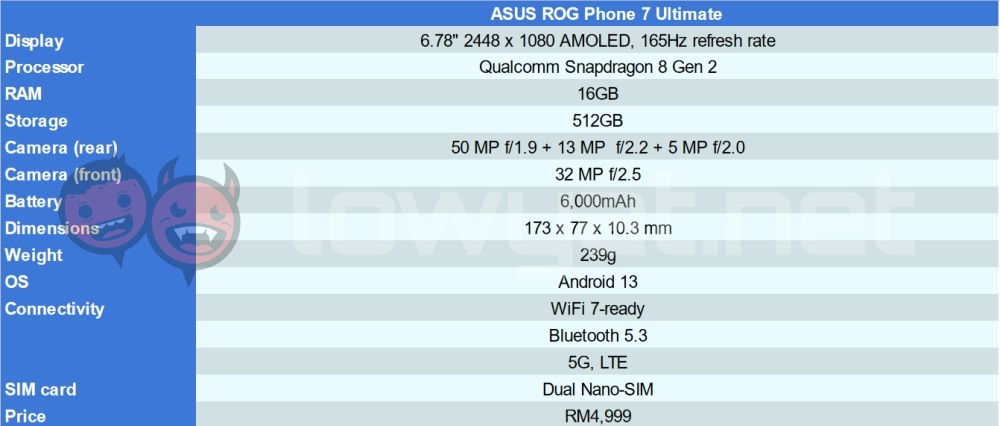
Compared to last year, surprisingly minor changes have been done. Beyond the expected incremental upgrades, such as moving from the Qualcomm Snapdragon 8 Plus Gen1 to the 8 Gen2, as well as the improved cooling tech, very little has changed in the two generations of phones.
For instance, the display here is the very familiar 6.78-inch AMOLED Full HD+ screen, with its 165Hz refresh rate and 720Hz touch sampling rate. The only difference here is a slightly higher peak brightness, going from 1200 nits to 1500 nits. Even the battery is the exact same, with a capacity of 6,000mAh and its 65W charging speed. You do get 2GB less RAM than before, though this is not something you’d notice while using the phone.
Looks & Functionality
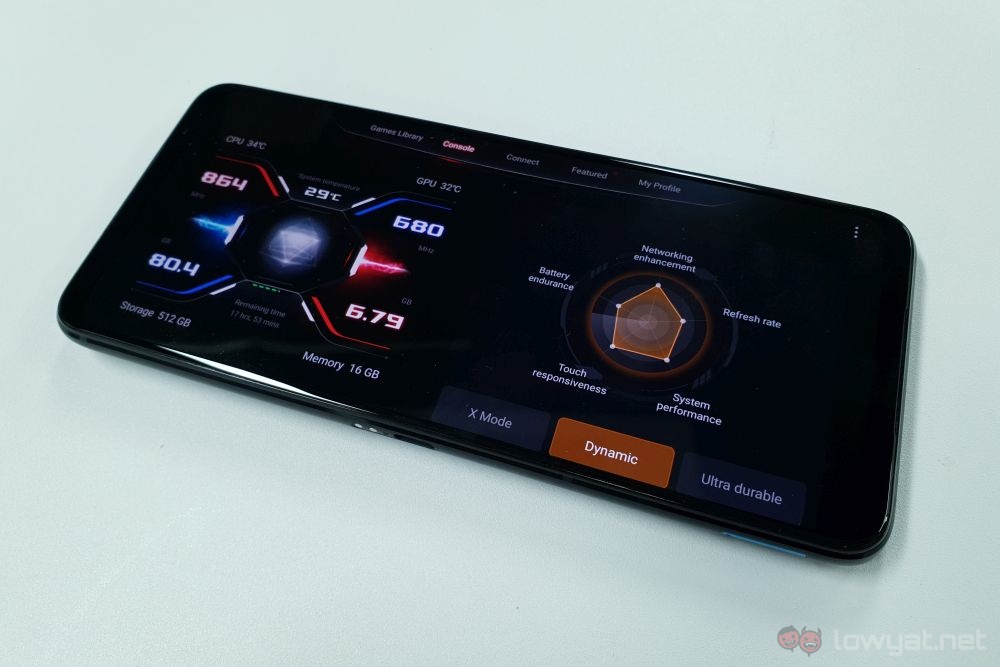
The ASUS ROG Phone 7 lineup, including its Ultimate variant, actually look a tad simpler than its predecessors, and for the better too. But to focus on the Ultimate, the striking – and arguably gaudy – line is gone, and so is the grey bit around the ROG Vision display. Instead, the Ultimate now sports a mild two-tone white back which not only looks cleaner but allows your attention to focus solely on the aforementioned display.
Beyond that, the camera island gets a two-step elevation, and the 06 numbering gets naturally changed to 07. There’s also a vent here, which we’ll get to in a bit.
Besides these minor aesthetic differences, the rest of the phone is effectively identical to its predecessor. This is down to the location of the two USB-C ports, the 3.5mm audio jack, the volume rocker, and the power button. Even the SIM tray looks identical, from its blue colourway, to the way the two halves of the body are cut to accommodate it. When even those are left unchanged, it should be no surprise then that the AirTriggers and the front-facing stereo speakers are exactly where they were the last time around.
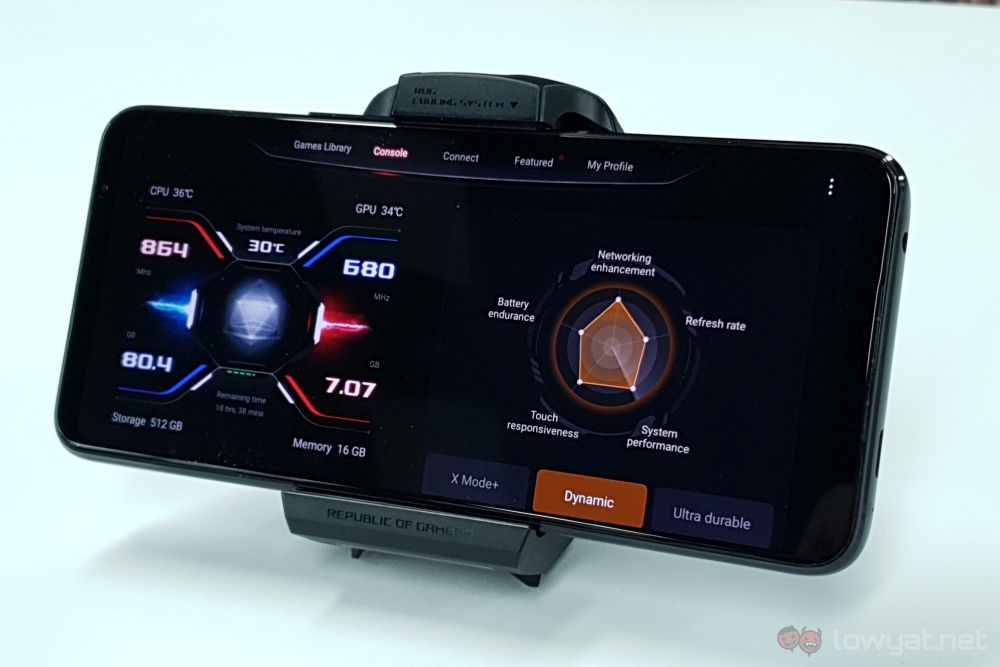
For the most part, the user experience of the ASUS ROG Phone 7 Ultimate is very similar, if not outright identical, to the ROG Phone 6 Pro. If I were to describe it, then I’ll very much be rehashing my experience with the predecessor phone. Instead, I’ll be describing the experience of using the phone with the AeroActive 7 cooler accessory, which is bundled in the box with the ROG Phone 7 Ultimate.
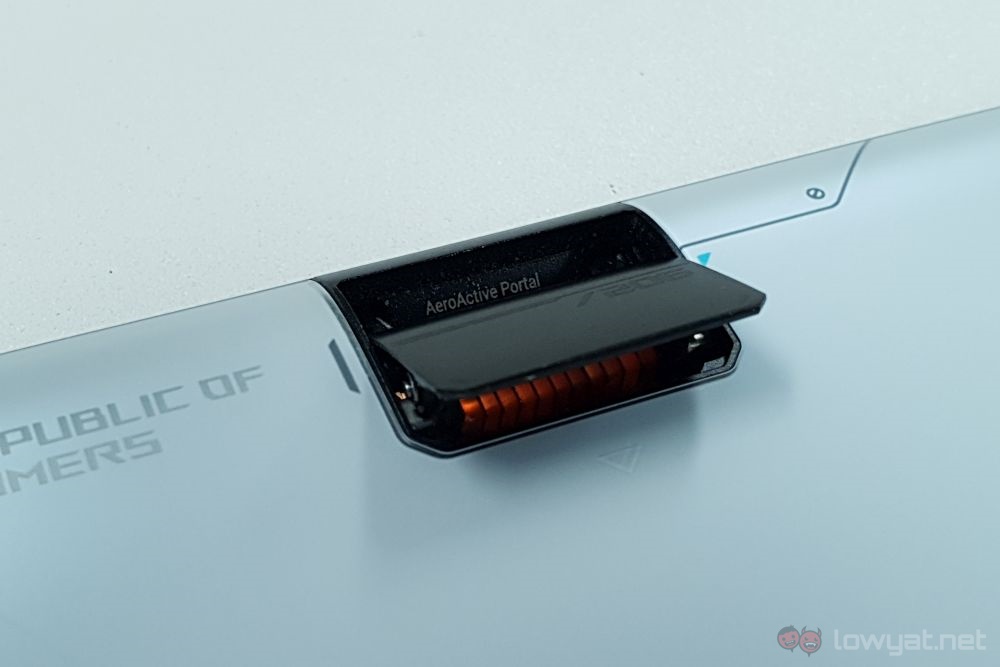
And cooling is really the key difference between this and the model that came before. As mentioned earlier, the ASUS ROG Phone 7 Ultimate has a vent at the back. Normally, this stays closed until you attach the aforementioned cooler accessory. And when you do, it flips open while the screen is turned on, improving airflow and therefore keeping the temperature of the phone lower while under heavy load. Cosmetics aside, this is really the only difference between the base and Ultimate version of the phone – better cooling.
Performance & Battery
On one hand, this won’t make the phone churn out more frames per second. But on the other, especially if you’re gaming for an extended period of time, you’ll get a more stable and consistent experience. Specifically, you’ll get fewer frame drops due to hardware throttling in response to overheating, and the synthetic benchmarks reflect this.
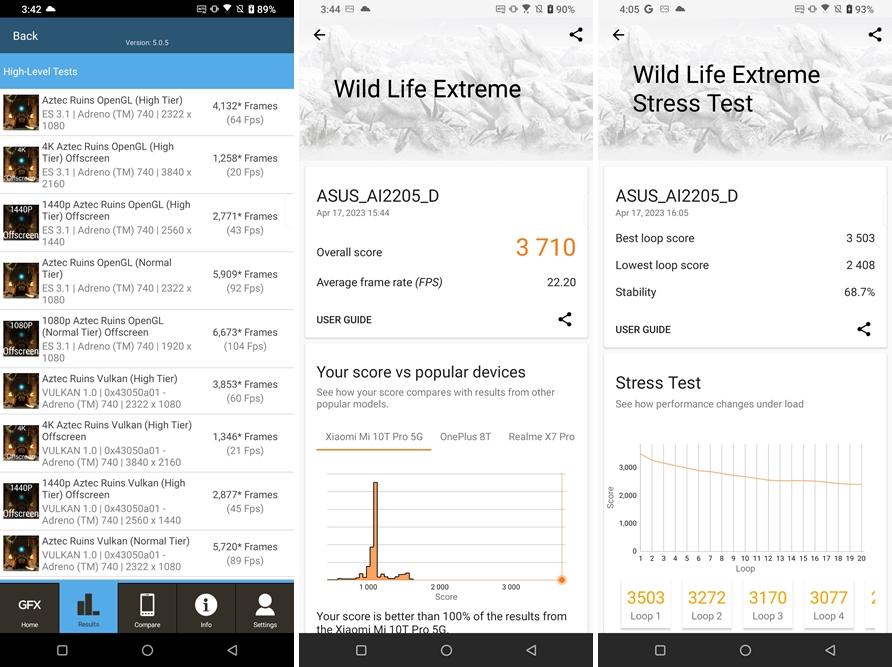
In actual gaming, the key difference I feel is that over time the phone doesn’t get too hot to hold. Though to be fair this is partially also because the contact point for my fingers have moved from the back of the phone to the back of the cooler accessory. That being said, not having a base model to test, it’s unclear to what extent the additional vent on the Ultimate affects the cooling effect of the AeroActive 7 cooler, be it for the synthetic benchmarks or actual gaming.
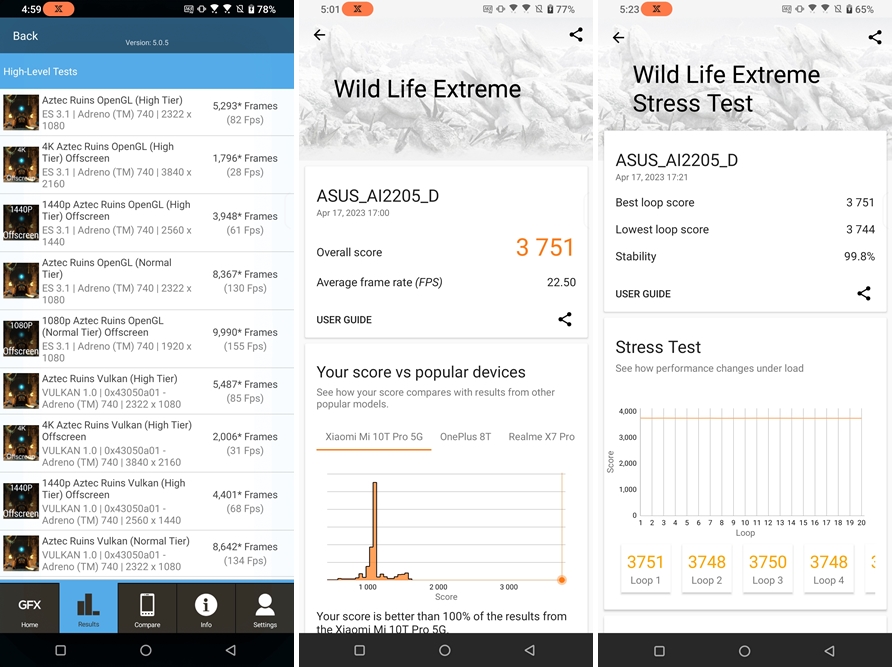
Battery life is a bit of a mixed bag, despite having a battery with the same capacity as the preceding model. In actual use, the ASUS ROG Phone 7 Ultimate lasts for two days quite comfortably, provided I spend less than two hours a day on social media scrolling and video consumption each. Though If I use those hours for gaming instead, I can end the day with plenty of battery charge remaining, but not quite enough to last the whole of the next day.
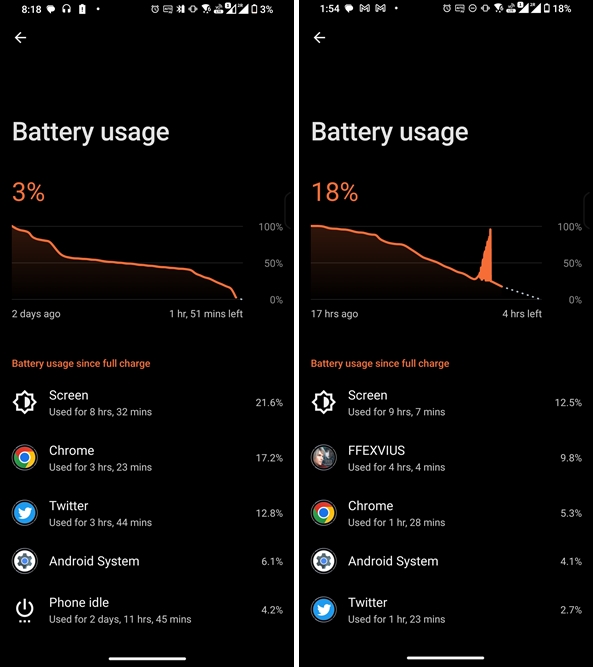
On the flip side, the phone lasts about 18 hours in a video marathon, an hour less than the ROG Phone 6 Pro. Ditto the charging speed, which goes from empty to full in about 50 minutes for the ASUS ROG Phone 7 Ultimate, about 10 minutes slower than before. The charger that comes in the box is also rated similarly at 65W.
Since ASUS is bundling the AeroActive 7 cooler in the box of the ROG Phone 7 Ultimate, it somewhat justifies the big price jump between this and the base model. And while we’re on the subject, the cooler accessory can also act as a subwoofer when connected to the phone. It’s an odd bonus to have on a cooling accessory, to be sure. And with the speakers of the phone already leaning towards being bass-heavy, the additional subwoofer is probably something added for the benefit of in-game sounds, rather than for general music-listening experiences.
Camera
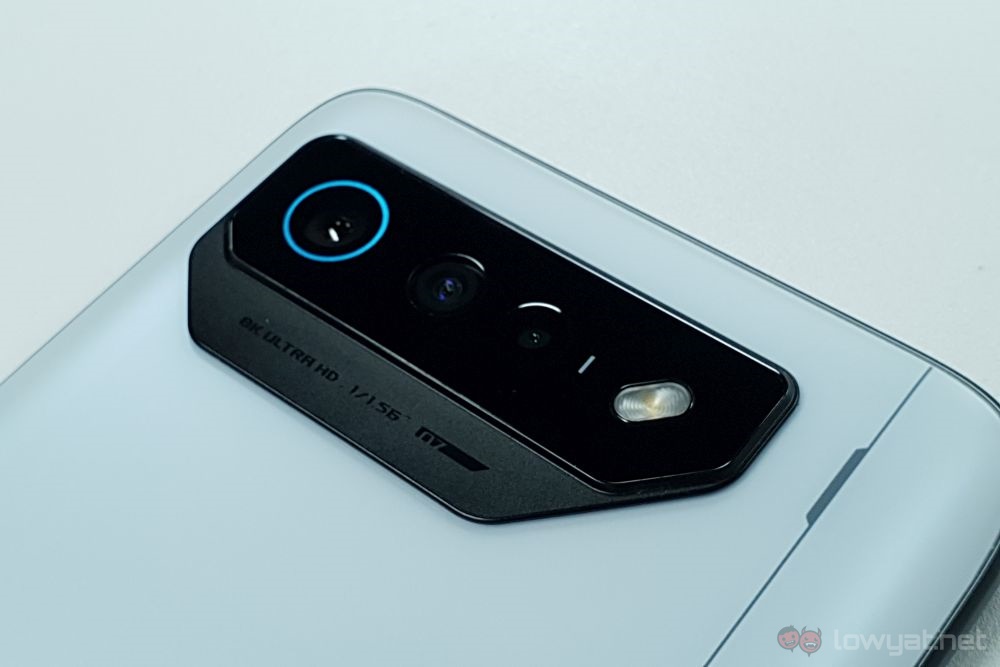
As with most of the things on the ASUS RPG Phone 7 Ultimate, the three cameras at the back may as well be lifted from the phone before. This means a 50MP main and 13MP wide-angle, plus a 5MP macro camera.
With the identical hardware, it’s perhaps no surprise that we get identical performance as well. Which means a similar level of colour accuracy and detail retention. Night mode performance is, as before, a familiar affair.

Though with extended use, I’ve also noticed another flaw of this camera setup that I didn’t before. While image quality is fine outdoors, you can catch the camera combo on the ASUS ROG Phone 7 Ultimate struggling a little while indoors with the average level of ambient lighting. The same applies to the front-facing camera – while it’s not bad, it’s clear that it could be so much better.
Sample Images
Competition
Redmagic 8 Pro
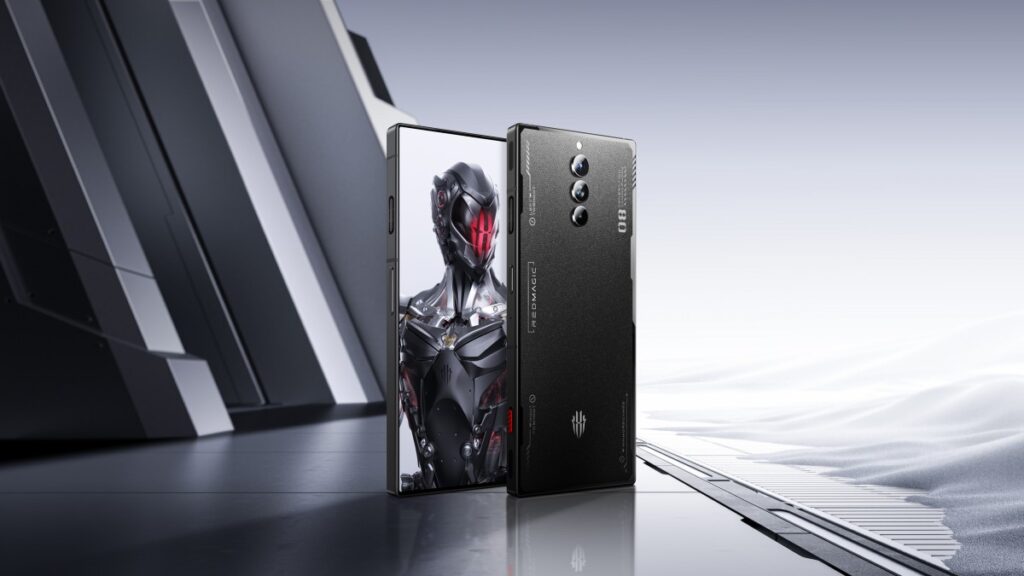
From the aforementioned Redmagic line is the 8 Pro, released earlier this year. You’ll see some similarities on the spec sheet, from the Qualcomm Snapdragon 8 Gen 2 chipset to the 6000mAh battery and 65W charging. The screen is the first major difference, with this one sporting a 6.8-inch AMOLED display with 2480 x 1116 pixel resolution, 120 Hz refresh rate, and a 960 Hz touch sampling rate. This would also be the one to go for if you wanted physical shoulder buttons, rather than the capacitive ones on the ROG Phone family.
Cameras are listed as a 50MP main + 8MP wide angle + 2MP macro combo at the back, and a 16MP shooter in front, under the display. Depending on variant, it will either come with a 12GB + 256GB config, or 16GB + 512GB. Accordingly, their prices are listed as RM3,699 and RM4,299 respectively.
Black Shark 5 Pro
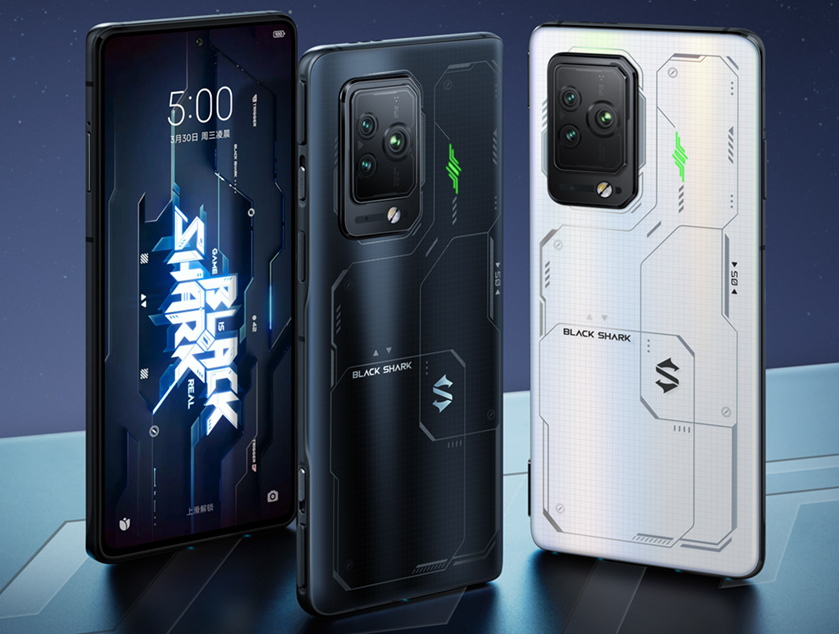
For its cameras, it packs the familiar 108MP main + 5MP telephoto + 2MP macro camera combo at the back, and a 16MP camera in front. Of course, it’s most defining feature, before Redmagic took a page from its playbook, were the extendable physical buttons.
Conclusion
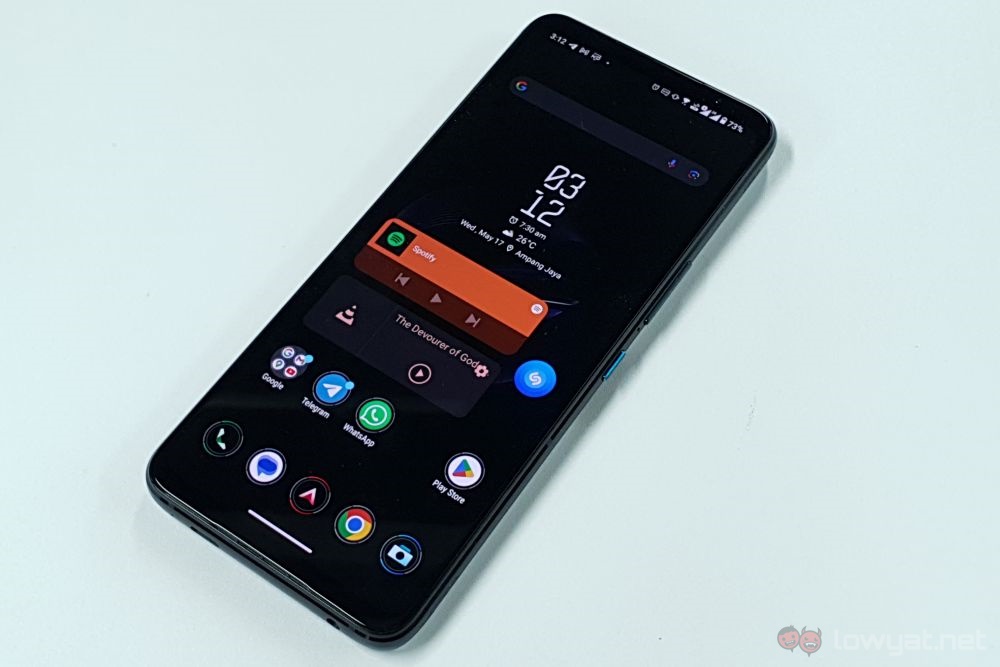
With there effectively being only one competitor left, the ASUS ROG Phone 7 Ultimate doesn’t have to do much to entice mobile gamers to pick it over the one remaining competition. Which probably explains the why it’s so similar to the generation that came before. That being said, the company did make improvements to the cooling system of the phone, which is not something that is usually only appreciated by those who engage in the hobby for hours on end.
On that note, as mentioned earlier, the presence of the cooling vent is the only difference between the base and Ultimate models. With that in mind, hardcore gamers should have no real reason to pick the base model over the Ultimate. If you can do without the additional vent for better cooling, then chances are you’ll be better off with a more mainstream flagship that provides other benefits beyond mobile gaming marathons.
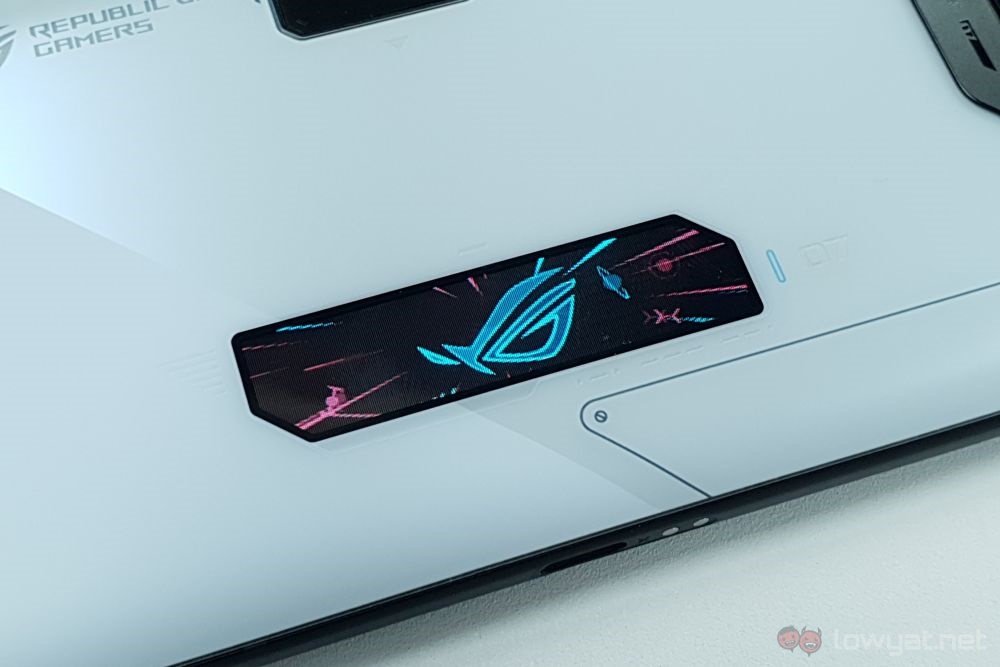
But if mobile gaming marathons are indeed your thing, then the ASUS ROG Phone 7 Ultimate is the gaming phone for you. The only compromise you’ll be making, arguably anyway, is the lack of physical triggers. On the plus side, you won’t have to deal with an under-display front-facing camera.
Follow us on Instagram, Facebook, Twitter or Telegram for more updates and breaking news.

